By Manisha Sahu, America News World
October 22, 2025
In a significant turn in U.S.-India relations, Donald Trump announced on Tuesday that he had spoken with Narendra Modi of India, stating that trade dominated their conversation, and signalling that India would substantially reduce its imports of Russian oil—a move the President described as vital for bringing peace to Ukraine.

The White House event coincided with Diwali celebrations and comes against the backdrop of mounting U.S. pressure on India’s Russian crude purchases. Trump said the phone call covered “a lot of things, but mostly the world of trade.” He added that Modi told him India was “not going to be buying much oil from Russia … he wants to see that war end as much as I do.”
Yet, on the Indian side, there is a degree of push-back. New Delhi has cast doubt on Trump’s claim that such a conversation took place, with the Ministry of External Affairs stating it was unaware of any telephonic exchange between the leaders on the day in question.
Also read:- Trump Starts East Wing Demolition for $250M White House Ballroom
Trade & Tariffs: Framework and Friction
The trade conversation between the two leaders takes place against a backdrop of escalating tariffs. Earlier this year, the U.S. imposed a 25 % “reciprocal” tariff on Indian imports, followed by an additional punitive levy tied to India’s imports of Russian oil, bringing the total to roughly 50 %.
The logic: the U.S. views India’s sizeable purchases of discounted Russian crude—amid Moscow’s war in Ukraine—as indirectly helping to fund Moscow’s war machine. Trump has argued that cutting off such purchases would place pressure on Russia to negotiate peace.
At the same time, the U.S. and India appear to be inching closer to a long-awaited trade deal, one that could slash U.S. tariffs on Indian goods to 15-16 % from around 50 %. According to reports, energy and agriculture are key sectors in the negotiations.
Indonesia’s ASEAN Summit is seen as a likely venue for announcing such a deal. The trade agreement reportedly may include mechanisms for periodic tariff review and market access—which would mark a significant change in U.S.-India trade dynamics.
Energy Security & Russian Oil: The Core Dispute
One of the most contentious issues in the U.S.-India dialogue is India’s continued importation of Russian crude oil. India became one of the largest buyers of seaborne Russian oil after Western nations shunned Moscow; estimates suggest Russian supplies account for about 34 % of India’s crude imports.
Trump has made it clear: unless India scales back those purchases, the U.S. will maintain its high tariffs. “If they want to say they did not have the conversation … then they’ll just continue to pay massive tariffs, and they don’t want to do that,” Trump told reporters.
From the Indian side, there is caution. The government insists that it must safeguard the interests of Indian consumers and maintain energy security—even while shifting or diversifying sources. India, for its part, has declined to confirm any specific pledge to stop purchasing Russian oil.

Diplomatic Signals: Diwali, Strategic Partners & Messaging
The timing of the announcement — during Diwali celebrations at the White House — carried symbolic weight. Trump extended warm Diwali greetings to India and Indian-Americans, describing the festival of lights as a beacon for hope and collaboration.
Prime Minister Modi, responding on social media platform X, thanked Trump for the call and greetings, and reaffirmed the shared values of both democracies, highlighting their joint fight against terrorism.
This interplay of formal diplomacy and cultural signalling suggests that both nations are conscious of their shared democratic identity—but also of underlying strategic and economic tensions.
Risks & Challenges Ahead
For India: Any rapid reduction of Russian crude imports risks driving up energy costs domestically, particularly given India’s dependence on affordable energy for growth and development. Indian policymakers have emphasised that their energy policy is driven by national interest and consumer protection.
For the U.S.-India trade deal: While a reduction in tariffs to 15-16 % would mark a major concession from Washington, the deal may require India to open up its agricultural markets (including imports of non-GM U.S. corn & soymeal) and to make structural reforms—both politically sensitive in India.
Domestic pressures in India: The agriculture sector, which employs nearly half of India’s workforce, is wary of cheaper U.S. imports. There is potential for significant political backlash if farmers believe their livelihoods will be threatened by the trade deal.
Credibility and trust: The discrepancy between Trump’s claim of a phone call/assurance by Modi and India’s official response introduces a trust deficit. If the Indian side feels pressured, it may push New Delhi to assert its strategic autonomy and favour alternate partnerships.
What Comes Next?
A formal announcement of the trade deal could come during the ASEAN Summit later this month, according to sources.
India’s actual oil import numbers from Russia in the coming months will be watched closely—both by the U.S. and by energy market analysts looking for signs of shift.
Parliamentary debates and farmer union responses in India may intensify as the trade deal’s agricultural implications crystallise. Modi’s government will need to carefully balance global ambition with domestic stability.
The U.S. will evaluate whether the treaty and India’s energy behaviour together reduce Moscow’s revenue flow from oil—key to Washington’s Ukraine-strategy.
Tuesday’s call between Trump and Modi signals a potential pivot in U.S.-India relations—moving from tariff-strife toward a possibly more collaborative trade framework. However, the undercurrents of strategic tension—particularly over Russian oil imports—remain potent. If India indeed follows through on scaling back Russian crude, the implications will ripple across energy markets, geopolitics, and the bilateral trade architecture. But for now, many of the actual commitments remain opaque—and Delhi must navigate the dual demands of global diplomacy and domestic politics.
For America News World readers, this story offers a glimpse of how geopolitics, trade and energy policy are interwoven—and how two major democracies are trying to reconcile national interest with collective global pressure.
Discover more from AMERICA NEWS WORLD
Subscribe to get the latest posts sent to your email.
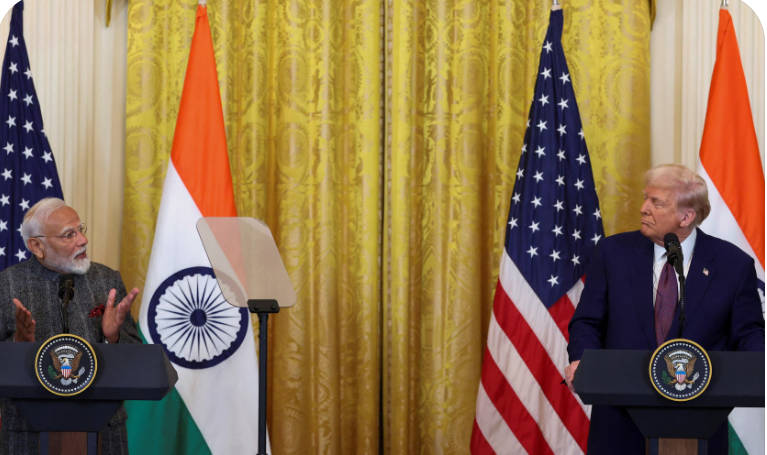



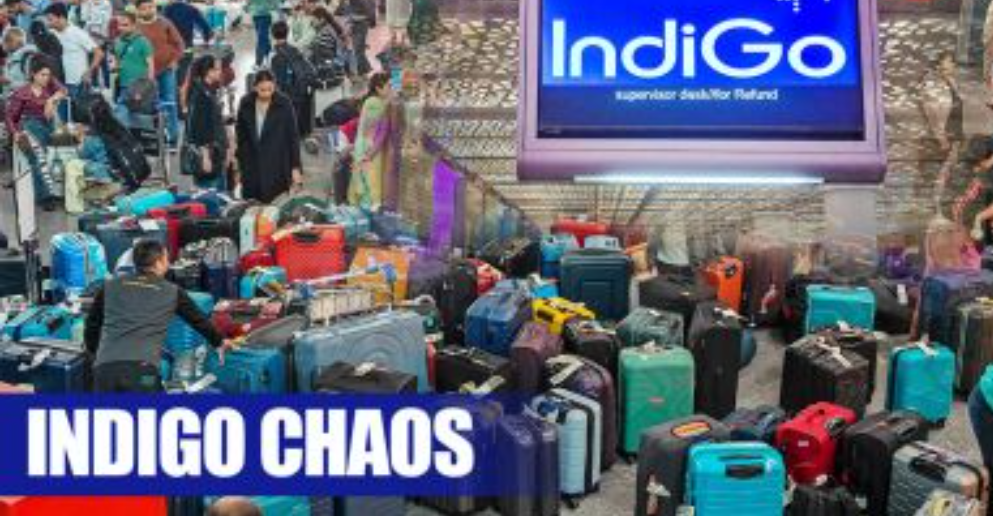
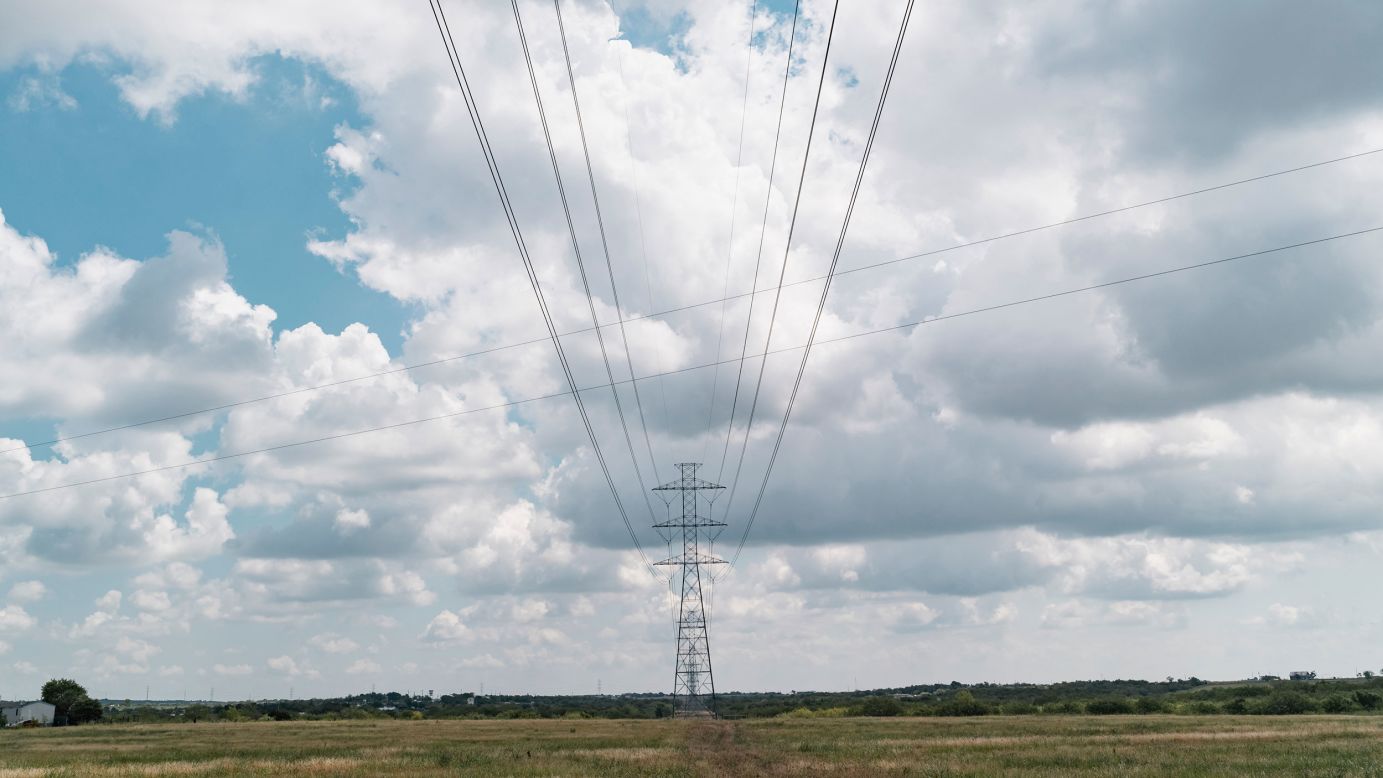




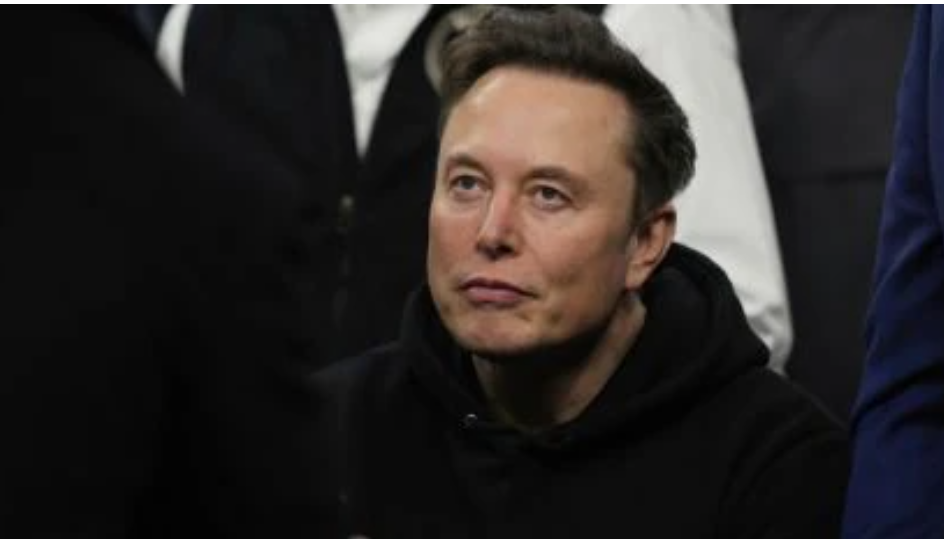
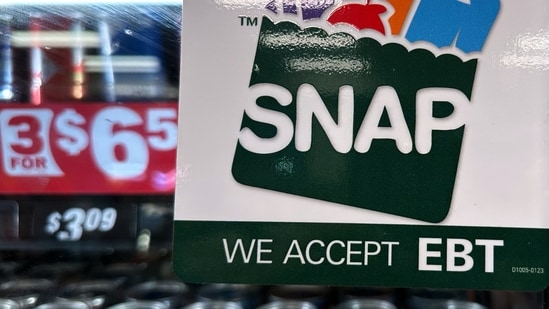
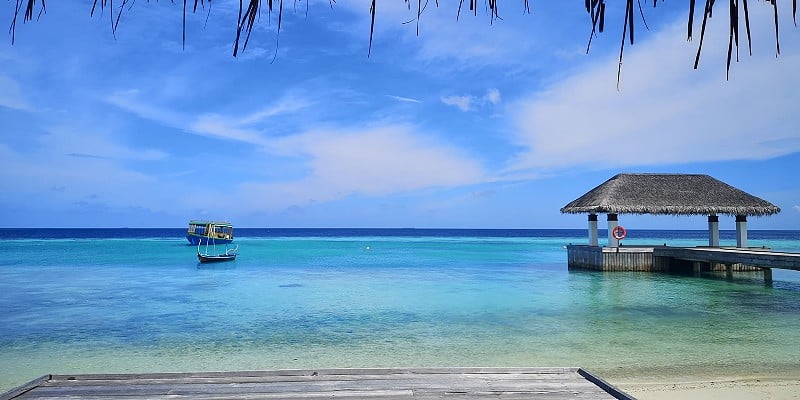
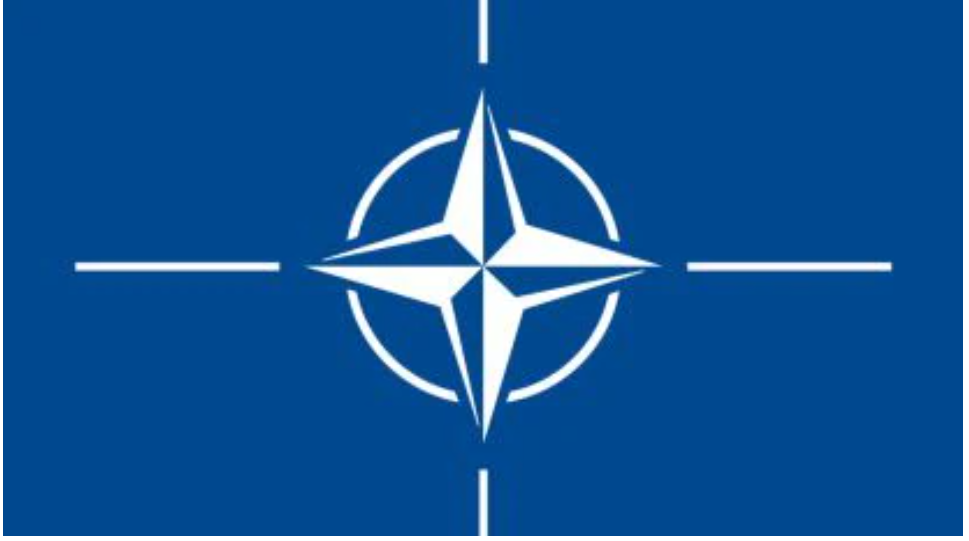





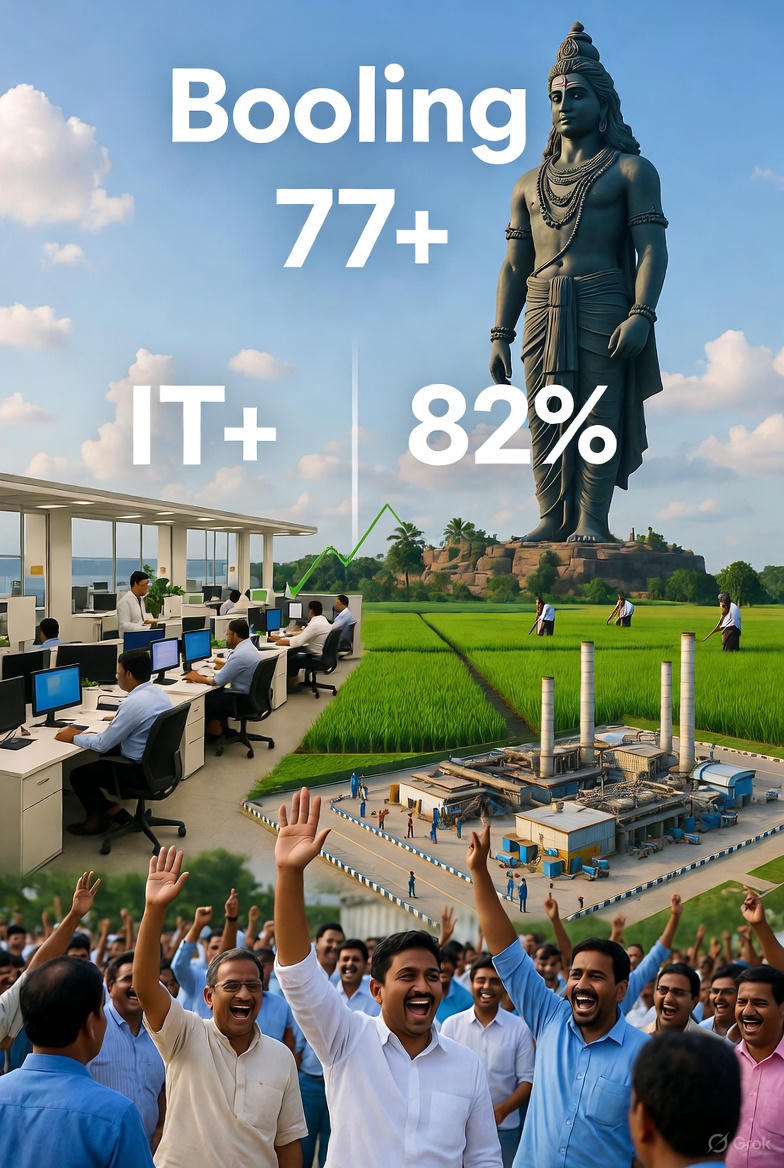





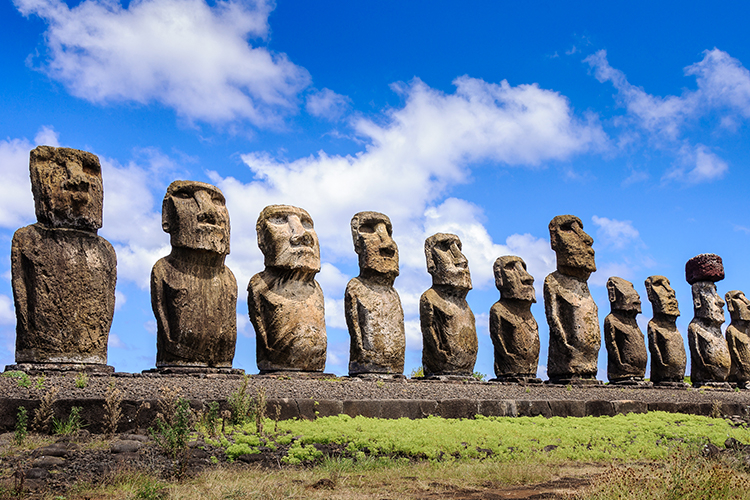






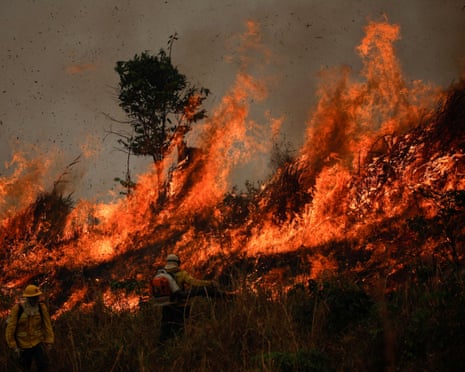
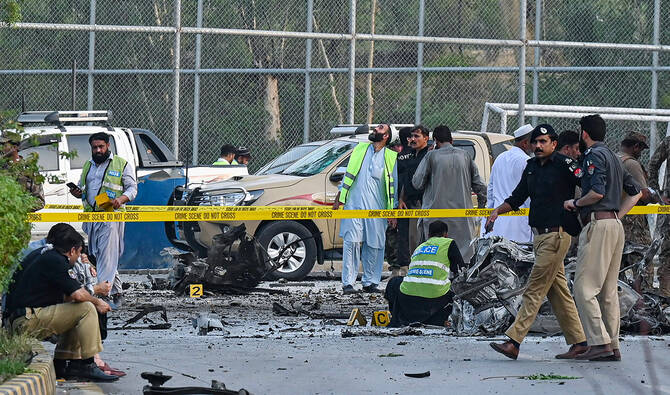


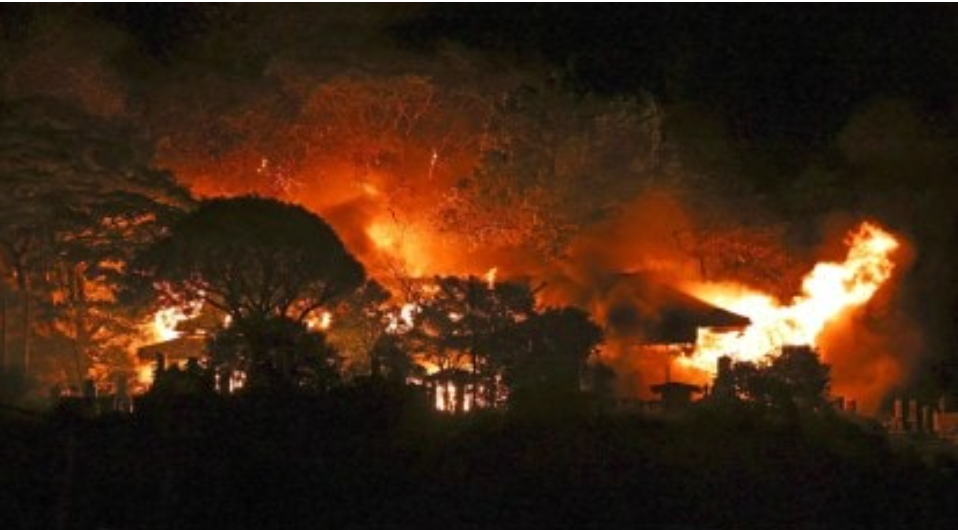


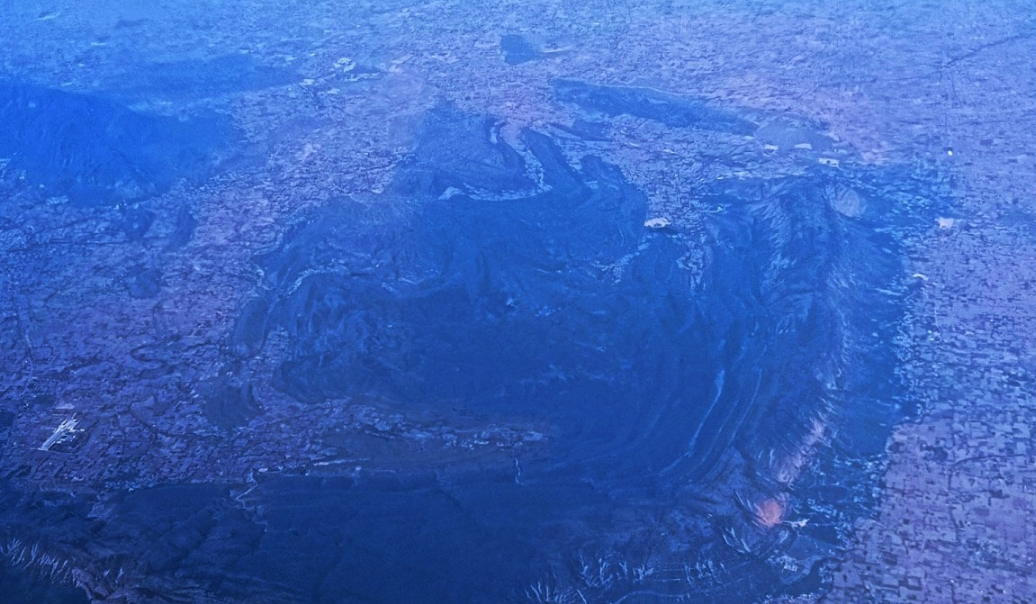
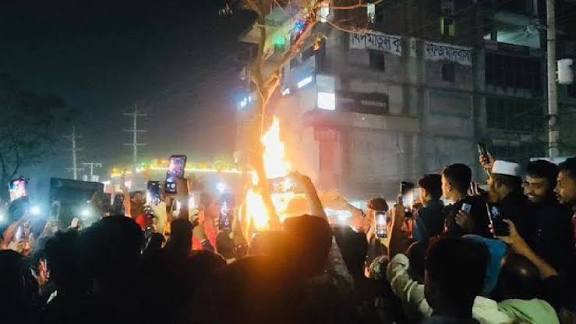
Leave a Reply